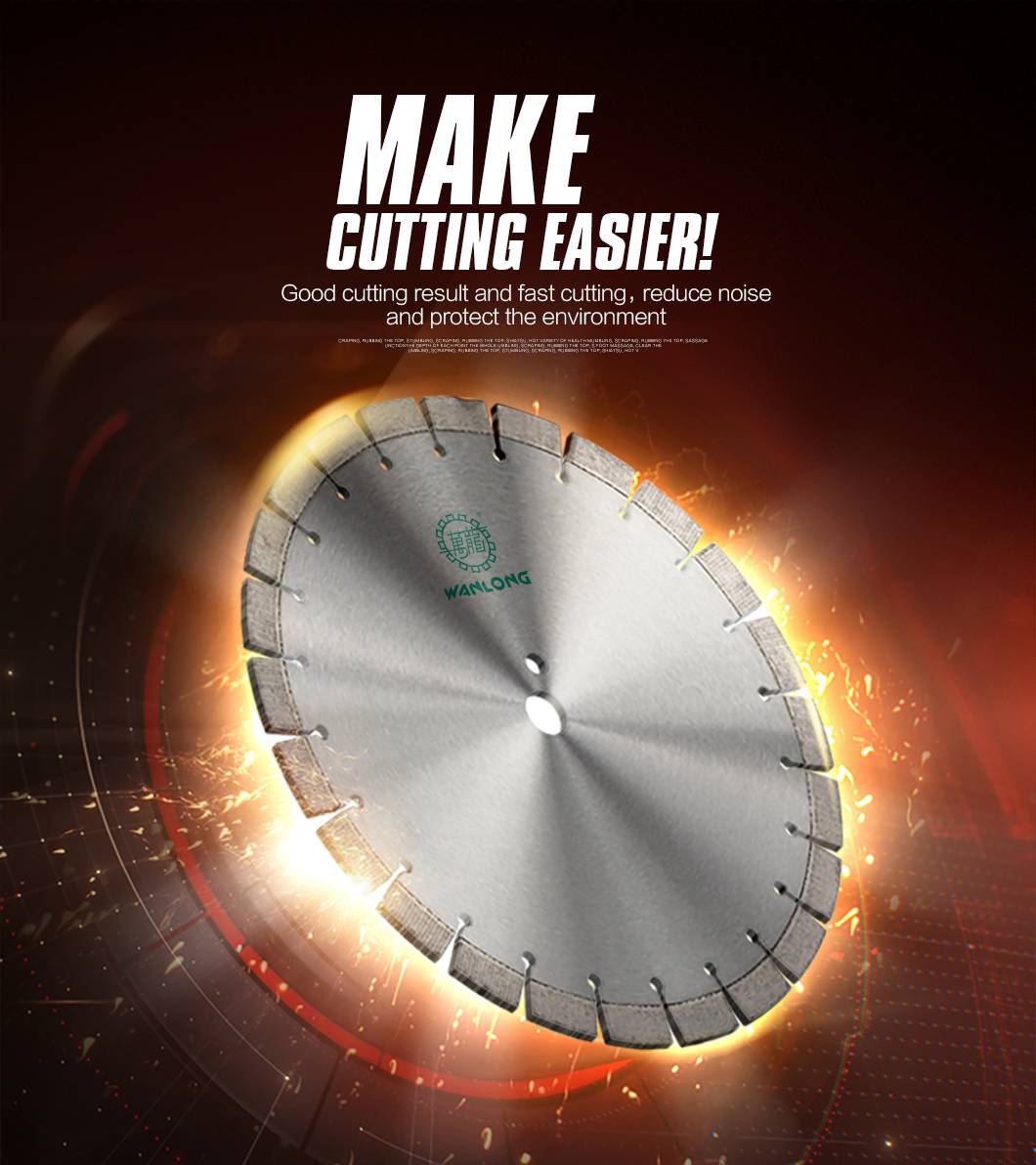(1). Factors affecting the safety performance of diamond saw blades
1. The scalloped part of the base is not clean, resulting in weak welded joints.
2. The sintering process parameters are not well controlled, the sintering temperature is low, the insufficient sintering makes the weldability weak, and the carcass itself has low strength and is brittle.
(2). Measures to improve the safety performance of diamond saw blades
1. Optimized design. Use raw material powder with low oxygen content; change the outer circular shape of the carcass into a dovetail shape to improve the bonding strength between the carcass and the carcass.
2. Optimize the process. The base tooth part adopts copper plating process; adopts cold pressing-hot sintering process; adopts hot pressing-fusion welding process (ie laser welding process).


In traditional high-frequency welding, the bonding strength of the weld seam (especially at high temperature) is not high enough, accidents such as segment flying out and injury to people are prone to occur during the sawing process, the safety and reliability are poor, and the quality of the saw blade is not good.
Laser welding uses a focused laser beam as energy, adopts the mechanism of deep penetration welding, melts the transition layer and matrix of the cutter head, and forms a firm weld, even if the saw blade and drill bit have not passed through cooling water. It can guarantee high welding strength and ensure the safety of use.





